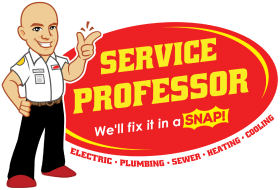Cleaning, Sanitizing, and Disinfecting- The Basics
We’ve spent our whole lives cleaning our homes and ourselves! We may have nailed our hand-washing routine, but what about cleaning surfaces and areas in our homes that are used more frequently? Given the current situation, we could all benefit from a little refresher on what the difference is between Cleaning, Sanitizing, and Disinfecting. Few of us enjoy the mundane task of cleaning, but knowing how to do it the correct way will ensure you aren’t wasting your time moving germs from one end of the counter to another! Learn more about the difference below!
What is Cleaning?
Cleaning removes germs, dirt, and impurities from surfaces by physically wiping them away using soap or detergent. Cleaning counters and surfaces will remove the germs from that area, but they will not kill the germs!
What is Sanitizing?
Sanitizing works by lowering the number of germs present. This is judged and determined by the standards set by public health regulations. It both cleans and disinfects the area to eliminate the spread.
What is Disinfecting?
Disinfecting is what you want if you are looking to kill germs and bacteria lingering on counters and surfaces. All disinfectants are made with chemicals that work to kill these unwanted guests. However, disinfecting does not necessarily clean the surface, it just kills the germs and bacteria present.
Which Method is Best?
The Bottom Line
It comes as no surprise that properly cleaning and disinfecting our homes during this uncertain time can go a long way in keeping your home free from germs, viruses, and bacteria. It is important to remember to do your research and follow guidelines by reputable organizations such as local hospitals such as Spectrum Health or the CDC. Stay safe, everyone! We are in this together!
*MLive posted a great article with Spectrum Health Director of Infection Prevention, Dorine Berriel-Cass. They created a video to go along with it that explains in detail what you can do to get the most out of your cleaning at home! View it here.
Visit our website for our Heating and Cooling Sanitization special to help clean the air in your home!

